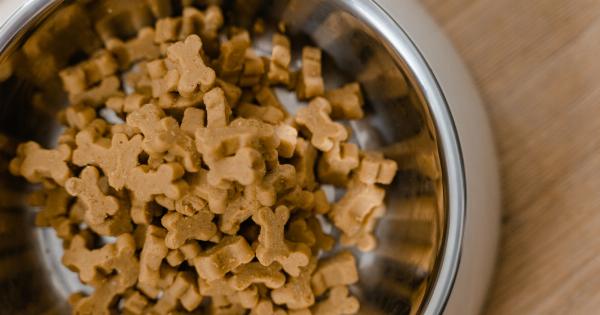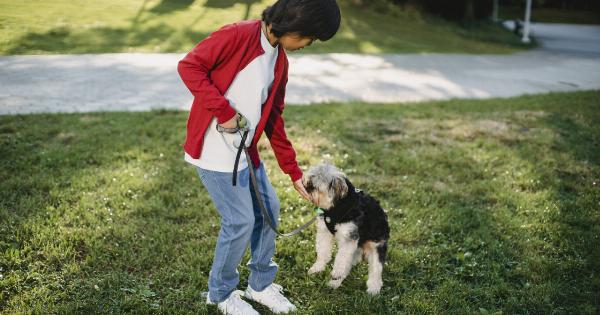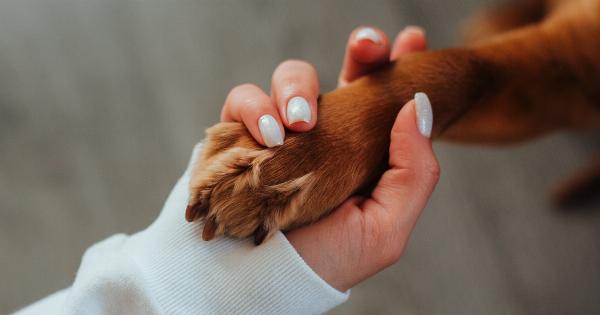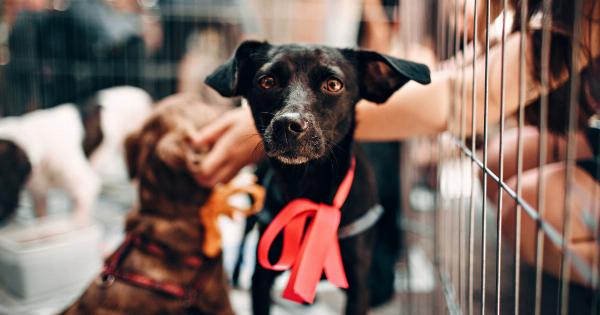Cats, like humans, can be intolerant to some foods which can cause unpleasant symptoms that can affect their well-being. A food intolerance can cause digestive, skin and urinary tract problems in cats.
As a cat owner, it’s important to recognize the signs of cat food intolerance, understand its causes and seek proper treatment.
What is Cat Food Intolerance?
Cat food intolerance occurs when a cat’s body cannot digest certain foods properly. This can occur due to a variety of reasons, ranging from a lack of digestive enzymes to allergies or sensitivities to certain ingredients.
Causes of Cat Food Intolerance
There are a number of reasons why a cat may develop food intolerance. Here are some common causes:.
1. Protein Allergies
Cats can develop allergies to proteins in their food. Typically, this happens when the cat’s immune system recognizes the protein as a foreign invader and reacts by producing antibodies.
The most common protein allergens for cats are beef, dairy, and fish.
2. Lactose Intolerance
Lactose intolerance occurs when a cat lacks lactase, an enzyme that breaks down lactose (a sugar found in milk and other dairy products).
Without lactase, lactose moves undigested through the cat’s digestive tract, causing diarrhea and other digestive problems.
3. Carbohydrate Sensitivity
Cats are obligate carnivores, which means that their bodies are designed to digest meat-based diets. However, some cat foods contain a high percentage of carbohydrates such as grains, which can lead to digestive problems and cause food intolerance.
4. Food Additives
Food additives such as preservatives, colorings or flavors can cause food intolerance in cats. These substances can irritate the digestive tract and cause symptoms such as vomiting, diarrhea or lethargy.
5. Poor-Quality Food
Sometimes food intolerance occurs due to poor-quality food that contains low-quality ingredients or questionable sources of meat or fish. These foods may contain harmful toxins or potentially harmful substances that can cause food intolerance in cats.
6. Food Poisoning
Food intolerance can also result from eating spoiled or contaminated food. Cats may develop vomiting, diarrhea and other digestive problems after eating food that has been improperly stored or prepared.
Symptoms of Cat Food Intolerance
Cats with food intolerance may exhibit a variety of symptoms that can vary in intensity. Some of the most common symptoms of cat food intolerance include:.
1. Vomiting and Diarrhea
Vomiting and diarrhea are some of the most common symptoms of cat food intolerance. These symptoms can occur shortly after the cat eats, depending on the severity of the intolerance. In some cases, the vomit or diarrhea may contain blood or mucus.
2. Skin Irritation
Some cats with food intolerance may develop skin irritation such as itching, redness, and inflammation. Skin allergies can occur due to certain protein sources such as beef or soy.
3. Urinary Problems
Cats with food intolerance may develop urinary problems such as straining to urinate or urinating outside the litter box. This can occur due to the formation of crystals in the bladder or other urinary tract problems.
4. Weight Loss
Cats with food intolerance may experience weight loss due to a lack of appetite or digestive problems. Cats may stop eating due to the unpleasant symptoms they experience after eating certain foods.
Treatment of Cat Food Intolerance
Treatment of cat food intolerance involves identifying and eliminating the problem foods from the cat’s diet. Here are some steps you can take to help your cat feel better:.
1. Switch to a Hypoallergenic Diet
If your cat is suspected to have food allergies, switching to a hypoallergenic diet can help identify the problem foods. Hypoallergenic diets contain novel protein sources and carbohydrate sources that are unlikely to cause food intolerance.
2. Avoid Potential Problem Foods
If you suspect your cat has food intolerance, make a note of the foods that seem to cause problems and avoid them in the future. This may include certain protein sources or grains that can cause digestive problems in cats.
3. Provide Probiotics and Digestive Enzymes
Probiotics and digestive enzymes can help improve digestion and alleviate symptoms of food intolerance in cats. These supplements contain beneficial bacteria and enzymes that can help break down food and support digestive health.
4. Improve Hydration
Cats with food intolerance may experience dehydration due to vomiting and diarrhea. It’s important to make sure your cat has access to plenty of water to avoid dehydration and improve overall health.
5. Consult a Veterinarian
If your cat is experiencing symptoms of food intolerance, consult a veterinarian for proper diagnosis and treatment. A vet will conduct tests and recommend treatment options to help your cat feel better.
Conclusion
Cat food intolerance is a common concern among cat owners. By understanding the causes and symptoms of food intolerance, you can take the proper steps to help your cat feel better and maintain good health.
If you suspect your cat has food intolerance, consult a veterinarian for proper diagnosis and treatment.





























